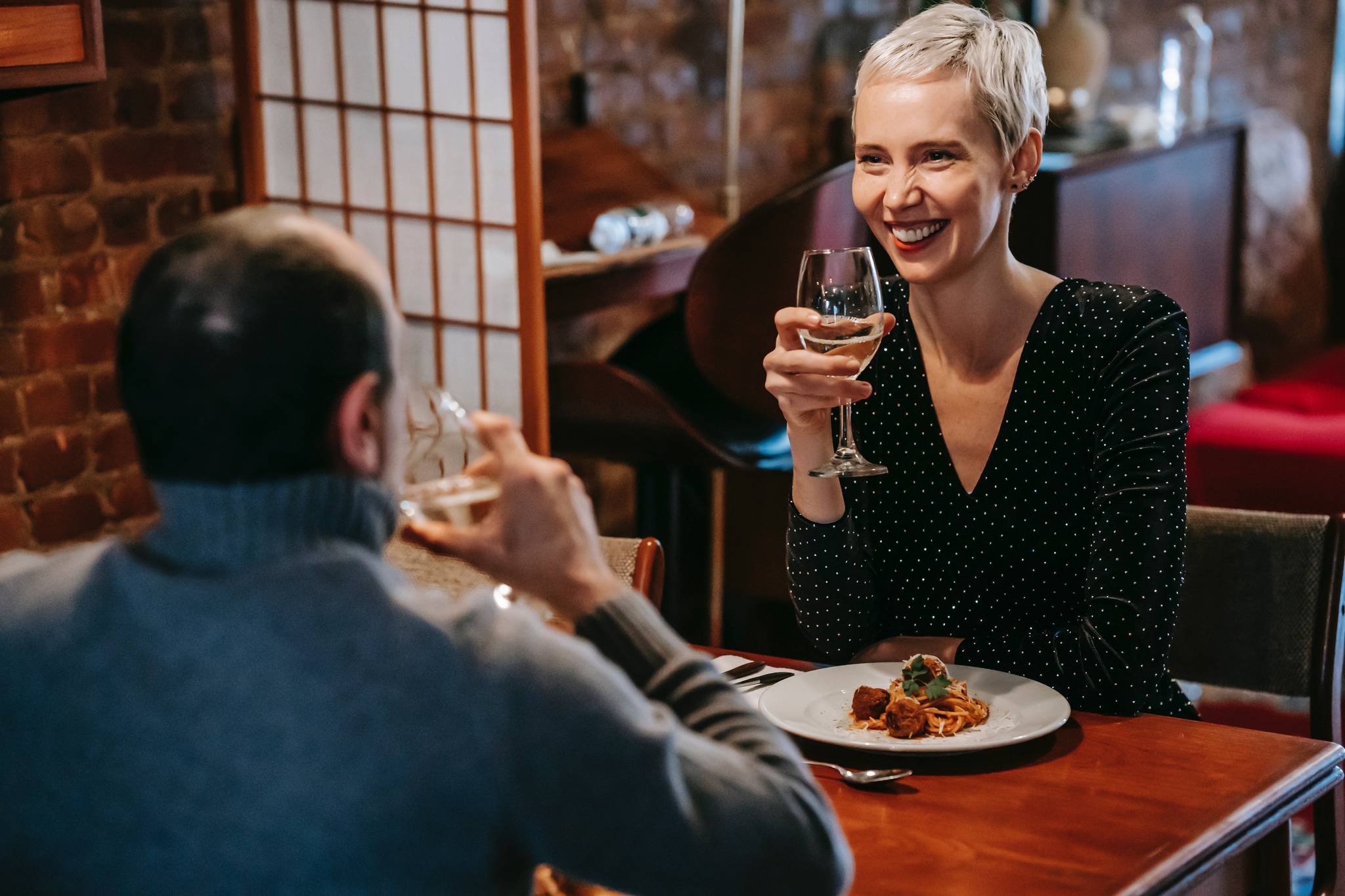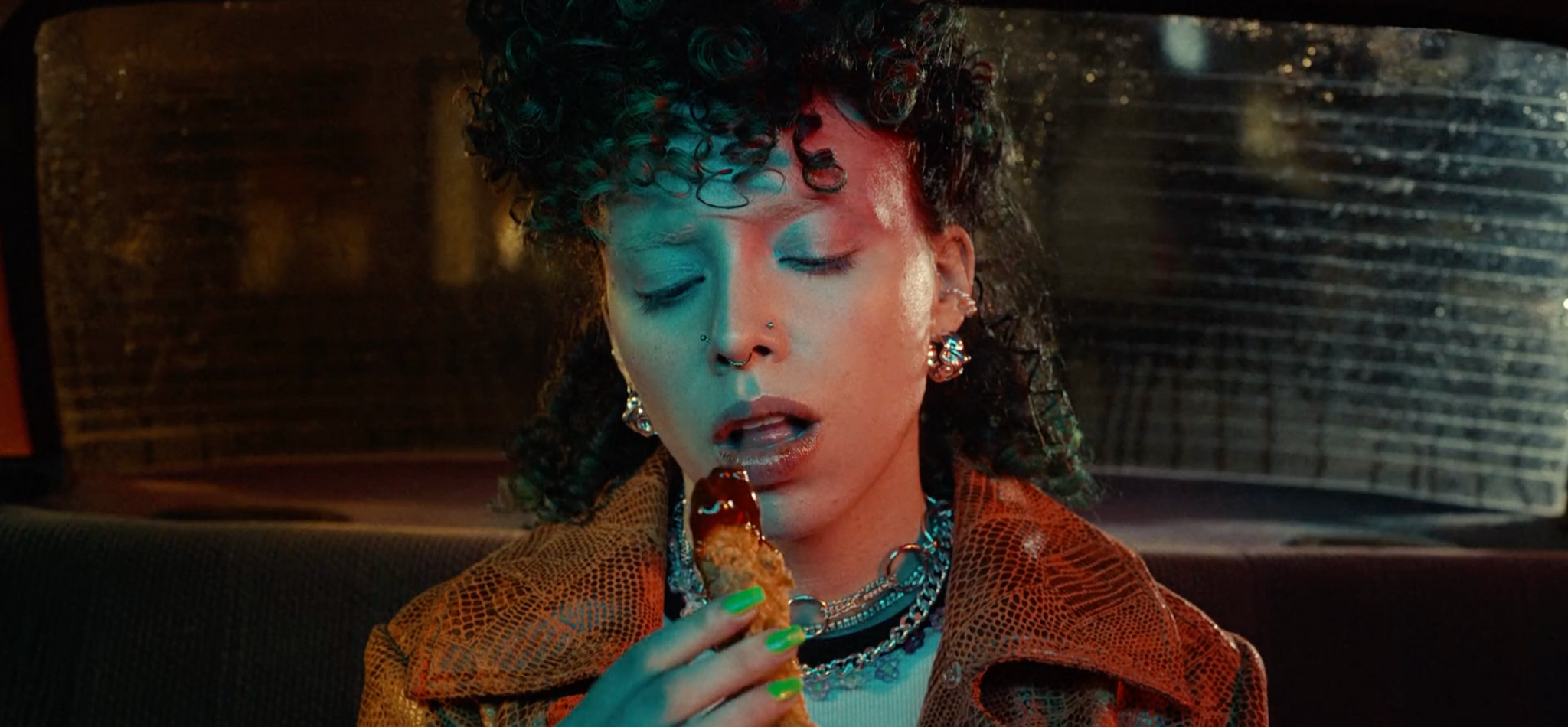
Britons have embraced the return to restaurants post-pandemic, investing in occasions that fulfil a desire for indulgence and togetherness. But as the cost of living crisis bites and many cut back on non-essential spending, are people still prioritising dining out experiences?
Since the start of 2020, the restaurant industry has been through the wringer. The pandemic saw venues temporarily shuttered with some never opening their doors again, the uptick in food delivery services skyrocketed as many became cautious about going out, and culinary creativity saw people reignite their love of cooking at home. However, with pandemic restrictions no longer an obstacle, people are embracing the communal aspect of eating out again and are making up for lost time. But as this desire for revenge spending clashes with surging inflation, what have people come to expect from dining out experiences?
The cost of living crisis has thrown another spanner in the works for venues and customers alike, affecting how people choose to engage with restaurants and where they spend their money. In the UK, 39% of people have cut their spending on eating out, and restaurant insolvencies have jumped by over 60% in 2022. This uncertain reality is forcing venues to adapt in order to stay afloat while they endeavour to provide quality service and experiences that keep customers coming through the door.
We spoke to Felix Sanders, a senior sous-chef at modern British restaurant Lyle’s, about what draws people to his restaurant, the pressures that venues are facing in maintaining customers amid the cost of living crisis, and how these pressures are impacting the livelihoods of staff, food suppliers, and the industry as a whole.
What do you think attracts people to Lyle’s in particular?
Trying to be at the forefront of Modern British cooking is part of the draw. But more succinctly, it is James Lowes’ (the executive chef) cooking that has made us popular. He cooks food that’s delicious, that has a British feel to it, while also being contemporary. It's not uncommon for a customer to want him to sign a menu or have their photo taken with him.
Because of its contemporary nature, consistent deliciousness, and refined delivery of food, the restaurant has received a couple of significant accolades. The Michelin star is a big draw for tourists – it’s a way people can find out who we are. But bigger than Michelin is The World's 50 Best Restaurants. For the current food-oriented tourist, the 50 Best list is what directs traffic. I think we are just outside the top 50 now but three to four years ago we were up at 33, which boosted customer numbers significantly.
There’s a certain kind of restaurant that rams information about its unique supply chain down the throat of the customer, we try and steer away from that. But, one reason our food is good is because of a well-thought-out and carefully-curated supply chain. We try to cut out middlemen wherever possible, working directly with people who rear livestock or grow vegetables. You stay in daily communication with them so the menu is dictated by what is at its peak seasonal deliciousness. We make nods to certain breeds and suppliers on the menu, and if a customer enquires we will provide more information.
How does Lyle’s provide an elevated dining experience to its customers?
To offer a great customer experience you have to have great staff – well-trained staff are currently the industry's rarest commodity. So to boost staff retention and attract good employees the restaurant made us all work one less shift a week, there have been restaurant-wide pay rises, and we even close for the occasional team wellbeing workshop and free yoga session.
The chefs make the customer experience special because they can consistently provide a delicious food offering. It’s not that easy to find chefs that come in every day and put up with the hours and difficulty of what we expect them to do. We need a chef of a certain level of training, and one who has unwavering commitment. Our talent pool is pretty small because of the difficult demands of the job, so what’s attractive about Lyle’s from a customer perspective is that, because it is an internationally celebrated restaurant, we attract great staff. So when you come and eat with us you know that you’re being cooked for by the best of the best. That’s the idea anyway.
When restaurants first started operating post-pandemic, it was just about keeping our heads above water. Not doing anything crazy and perhaps re-using old menus, or going to tried-and-tested formulas. One of our strengths has always been creativity and individuality in relation to food, so now that things are back on track we are trying once more to develop our menu, take more risks, and try new things.
How have customer attitudes to dining out shifted in 2022?
By and large, COVID seems a thing of the past. Throughout spring and summer, it felt as if people were just happy to be in a bustling restaurant again. However, the cost of living crisis is something we’ve all started to worry about. In terms of suppliers, I visited two UK farms this summer, Flourish Produce and Maynards, that weren’t turning on their large walk-in fridges because the energy cost was too high, I’ve never seen anything like that.
We haven’t seen a dip in customer numbers yet, but we are all nervous – this winter we predict a drop in bookings as a direct result of the cost of living crisis. One thing that has changed is the demographic. Food tourists have always been a large part of Lyle’s customer base – post-pandemic we are seeing a fractionally larger number of affluent tourists, and a slightly dwindling number of local customers.
What are your predictions for the dining-out sector over the next two years?
We are a fine-dining restaurant, albeit at the more casual end of the fine-dining spectrum. There is a percentage of society that won’t be affected by inflation or energy costs, and part of the percentage makes up a decent portion of our guests. In this way, we’ll be partially insulated from the increased cost of living.
People will still eat out, some restaurants didn’t survive the pandemic, but a lot did, and if we survived that we feel we can handle the cost of living crisis. That being said, our employees are worried. Rent hikes are forcing people to live further from their workplace and even consider leaving the city. It’s insane the amount landlords have raised rents with a month’s notice. Restaurant salaries aren't huge, what happens when staff can’t afford to live near their place of work?
My hot take for the next two years is that restaurants will become more like regular businesses. The days of restaurants with no HR departments, unprogressive wages, and long working hours are dwindling. If restaurants can’t provide that, they can’t retain staff and have to close – something that is happening right now.
There are contrasting consumer expectations when it comes to eating out. Luxury diners and food tourists expect top-quality service, food, and drink, with an ambience that matches – and remain willing to pay for such experiences. But, as Felix mentions, a high-quality meal out hinges on the work of the committed and passionate chefs and waiting staff – some of whom are having to move out of expensive urban hubs and further afield from their place of work amid surging living costs.
At the other end of the scale, people are reevaluating their household budgets and are cutting back on eating out altogether – contributing to the closure of over 1,400 UK restaurants in the year to May 2022. With many people becoming increasingly savvy about where their hard-earned money is spent, what could these differing attitudes mean for the future of dining out?



